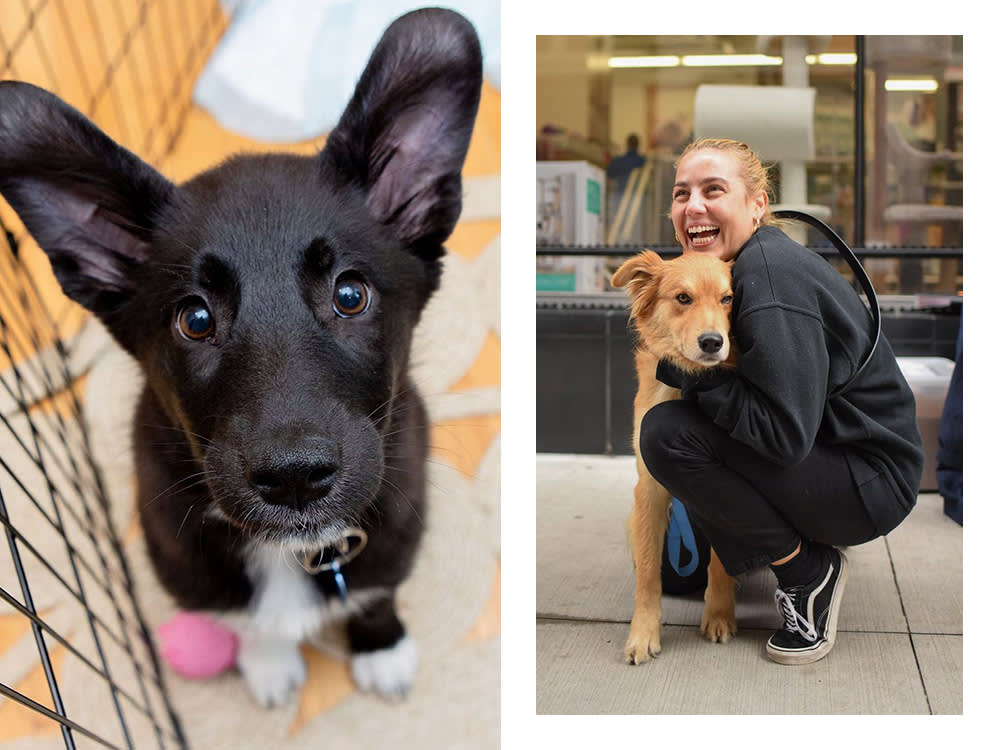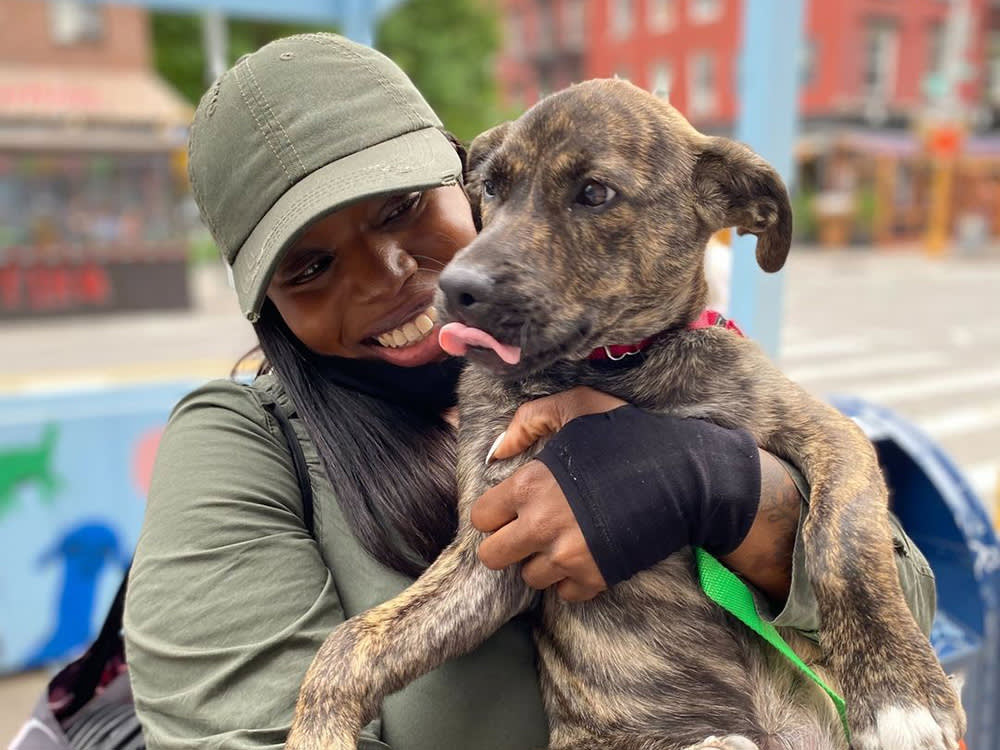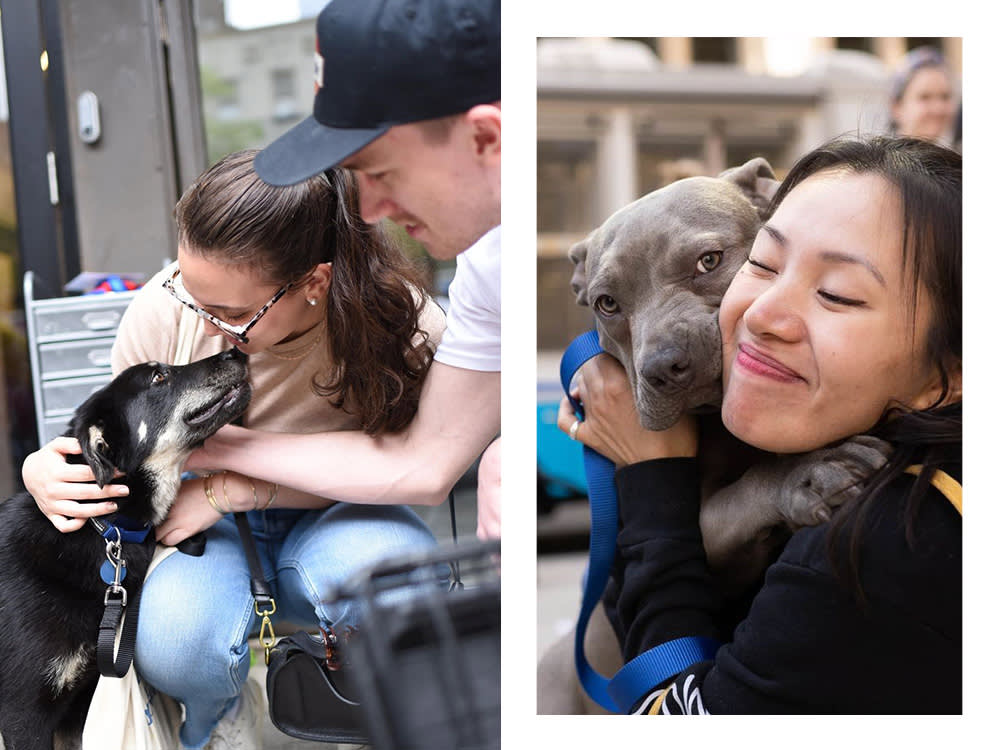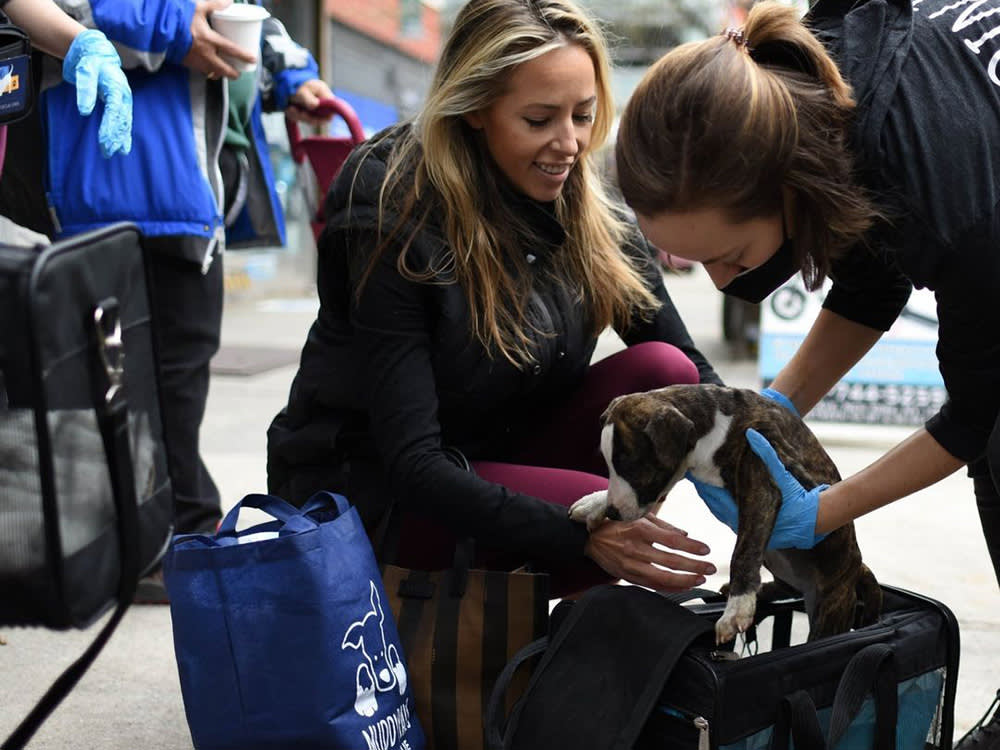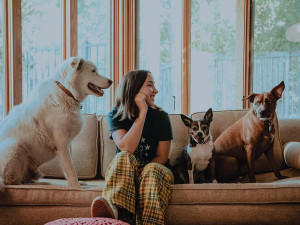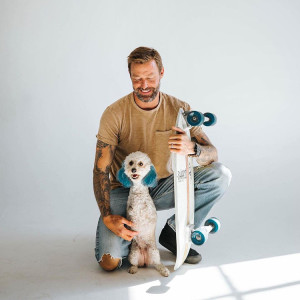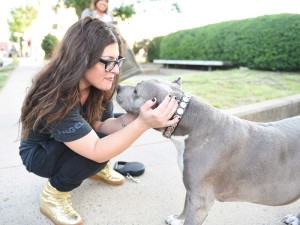Off Broadway: Muddy Paws’ Founder Went From Musician to Matchmaker
Rachael Ziering walked away from a career on Broadway to make the pet adoption process more inclusive.
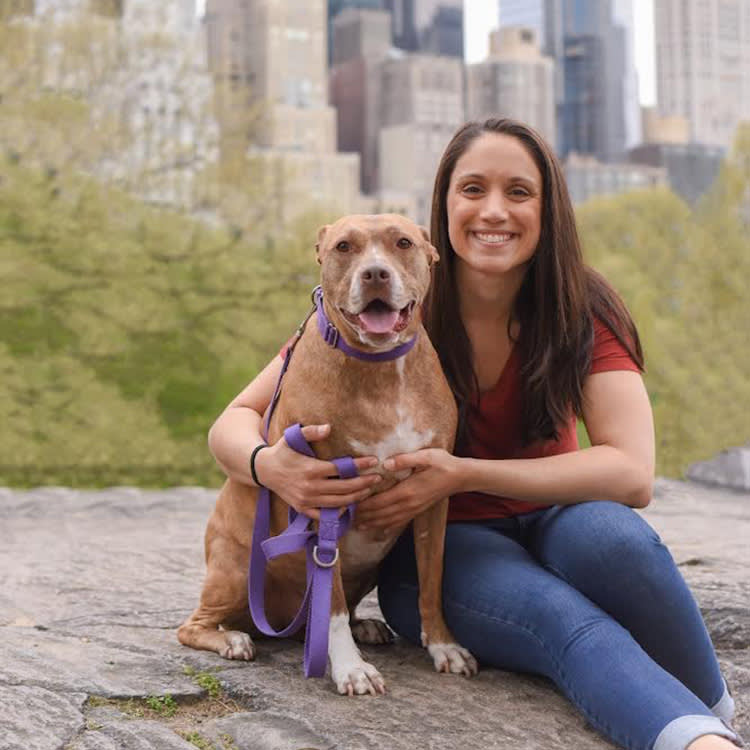
share article

Your pet wants you to read our newsletter. (Then give them a treat.)
Wicked and Hamilton are among the credits on pianist Rachael Ziering’s resume, one that would make any aspiring New York City musician jealous. Still, in 2015, after volunteering part-time at rescues, Ziering quit her day job and started Muddy Paws Rescueopens in a new tab.
The best way to conduct adoptions is hotly debated in the animal-rescue community, and Muddy Paws is an attempt to rethink the system. The nonprofit is somewhat unique in embracing open adoptions, which pair owners with the best-fit pet rather than allowing them to apply for individuals. And in an industry that’s otherwise rife with racismopens in a new tab, Muddy Paws requires its volunteers to participate in bias training. Mindful of total transparency, Ziering even makes Muddy Paw’s annual reportsopens in a new tab easily accessible to the public. We spoke with Ziering about the challenges and inspiration that come with starting a new type of rescue.
How did you end up creating Muddy Paws?
I moved to New York to [play] piano and to direct theater, ideally on Broadway. I was doing some playing on Wicked and I worked on a couple of other shows. Hamilton is probably the most well-known. But I was spending all my free time fostering and volunteering for this group. At a certain point, I realized I would much rather spend my Saturdays at adoption events than playing piano in a Broadway pit. I decided that I wanted to leave theater, where there are a million people trying to do the same thing, and move to rescue, where there was really a need to be effective and efficient. So I started Muddy Paws and haven’t touched a keyboard in years.
How is Muddy Paws different from other rescues?
I saw a lot of opportunities to have positive interactions with people, with more positive outcomes for the dogs. We redid our strategic plan early last year. Our four overarching goals are education, community, life-saving, and innovation. I think innovation is the big one. We’re constantly trying to find new ways to do things better.
Muddy Paws follows an open-adoption style. What are the benefits of that?
Our application process is a little different, because we don’t start with a specific dog. We found that just led to a lot of unhappy people, since only one person is going to get the dog. With us, adopters apply for general approval. They schedule a call with one of our adoption ambassadors. It’s usually about 10 minutes, and they’ll talk through certain aspects of owning a dog. It’s less trying to determine if somebody deserves a dog, and more what type of dog would really work for them. We rarely deny anybody, [although] it does happen sometimes. Once they have general approval, our adopter matchmakers discuss what options we have that might be a good match for that person at that time.
Open adoptions tend to make the process more inclusive. Did you notice that?
Absolutely. We [use] implicit bias training: challenging our volunteers to look at their own biases and how that might affect their conversations. Most of our application conversations happen over the phone. We don’t do home checks or invasive video calls or anything like that. We start from the perspective that people are generally good. It sounds really basic, but it’s something that I found is missing in a lot of rescue organizations. If we need to educate a potential adopter, we try to do so in an inclusive and welcoming way, giving them the tools to be a successful adopter.
How did the pandemic affect Muddy Paws?
At first, we had a big increase in challenges, because we are foster-based and don’t have a shelter. All the dogs that we had in care, a lot of them need to see a vet at some point. We had our adoption events every weekend prior to COVID, where we would do 20 to 30 adoptions on a regular basis on a Saturday. Then, all of a sudden, we couldn’t do any. We had all these dogs in our care that we had to move.
But with adoptions, we did see a big increase in interest, and we did our best to accommodate that. At the same time, we saw a huge — like 12 times — increase in fostering. We had previously gotten about 100 foster applications a month, and in March 2020, we got 1,200. But we shifted and started doing virtual adoptions, which were successful for quite a while.
What do things look like for Muddy Paws after that boom?
Everybody’s worried about an increase in returns. That’s not something we’ve seen so much. We always get returns, but there hasn’t been a significant change in that number for us. What I am seeing lately is that adoption interest is down — whether it’s because of a job, or because everybody got fed up trying to get a dog during the pandemic. That said, we did have 30 adoptions this past weekend, so things are looking up. But we definitely have a little bit of a foster shortage now that we didn’t have when everybody was stuck at home.
We’ve also launched our “Trial Adoptions”opens in a new tab program to hopefully try to take some of the pressure off adopters to make lifetime decisions for dogs we’ve had longer or have more challenging behaviors. We give them a week or two to make the final decision.
Do you have a success story you can share?
Willow is a good example. She was a New York City Animal Care & Control opens in a new tab(NYCACC) dog we had for a really long time. She was very overweight and came into ACC as an owner surrender, because her owner was incapacitated in some way and couldn’t take care of her anymore. Her sister brought Willow to the shelter. We then pulled Willow from the shelter, and the sister actually reached out about reclaiming Willow. NYCACC put us in touch with her. We had some really good discussions. She eventually decided that she preferred for Willow to stay with us because she was doing really well. She was losing weight, getting healthier. It took eight months for Willow to find her people, just because she was an older, blocky-headed dog. But she found the best possible home. Everybody was really thrilled with that.
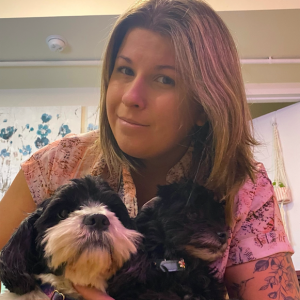
Megan Penney
Megan Penney is a devoted dog mom to Zoey and Mellie, and has fostered over 200 other dogs. While she worked in pet care during graduate school, she now works full time as a non-profit professional and fulfills her passion for pups on the side by volunteering, fostering, and helping others learn about fostering and adopting.
Related articles
![A woman sitting on a couch with three dogs.]() opens in a new tab
opens in a new tabVictoria Lily Shaffer Wrote the Book on Dog Rescue
How the author and founder of Pup Culture Rescue is fusing her experience in the entertainment industry with her passion for animal advocacy.
![Black woman smiling and holding a Siamese cat which is looking into the camera]() opens in a new tab
opens in a new tabCARE Is Amplifying BIPOC Voices to Keep People and Pets Together
“We don’t consider what we are doing animal welfare work. We are taking a holistic approach to well-being for animals and humans.”
![Zach Skow posing with a dog and a skateboard.]() opens in a new tab
opens in a new tabZach Skow’s Dogs Saved His Life. Now He’s Returning the Favor
The founder of Marley’s Mutts and the Pawsitive Change Program on fighting for the underdog, creating hope for people and pets, and rescuing animals from California to Kabul.
![Rebecca Corry with her dog]() opens in a new tab
opens in a new tabComedian Rebecca Corry Stands Up for Pit Bulls
“Comedy and entertainment — that’s my passion. But my purpose in life is saving dogs. And somehow I have managed to combine the two.”

